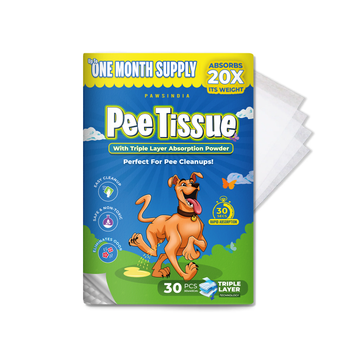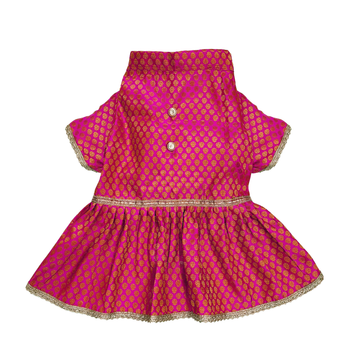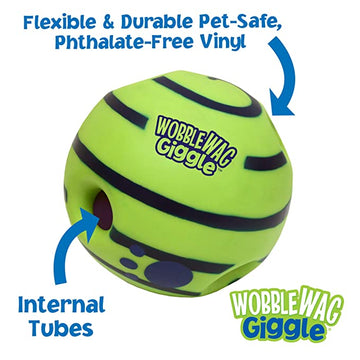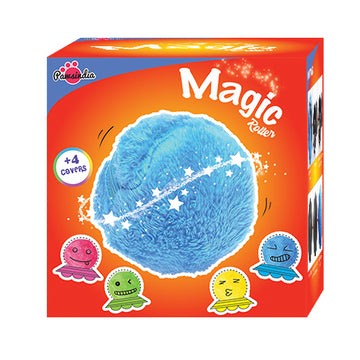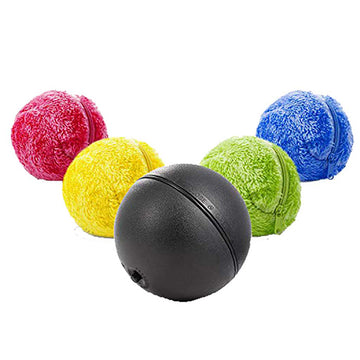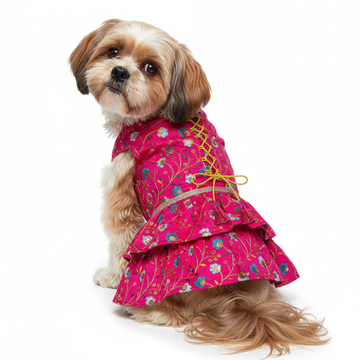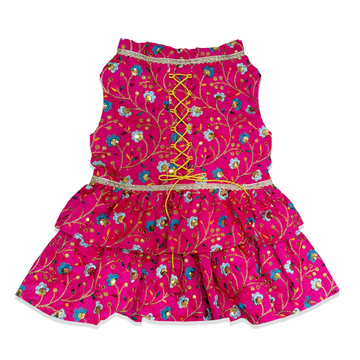Labrador

Labrador
| BreedHighlighs: |
|
Labrador is one of America’s most popular breeds. The lab has the nature of being one of the most sweet- natured breeds , and it is well deserved. Labradors are also used as disability assistance breeds in various countries. They are trained to aid the blind. Sporting and hunting are also various fields where Labrador rules. They are one of the best search and rescue dogs. |
| Weight: |
|
Male: 29-36kgs Female: 25-32kgs |
| Height: |
|
Male: 56-58cm Female; 54-56cm |
| Life Expectancy: |
|
Labradors survive upto an average of 12-13 years |
| Litter Size: |
|
5-10 |
| Breed Appearance: |
|
labradors have a broad head and a wide muzzle, medium-sized, pendant ears and friendly eyes. The chest extends to the elbows and the forelegs should be straight, of solid bone, but not be too heavy. Show dogs need to have an athletic body that looks sturdy, but agile. The back is strong and topline is leve. It is medium length and thick at the base, covered in short, thick hair and tapers toward the tip. Labs, excellent swimmers, have webbed feet which come in handy while retrieving water fowl for hunters. The short, dense coat comes in three colors: black, chocolate or yellow. |
| History: |
|
The Labrador’s ancestors date back to 17th century Canada. During the 18th century, the Canadian water dogs differentiated into what we now know as the Newfoundland, the Landseer, the Flat-Coated Retriever, the Chesapeake Bay Retriever and the Labrador . Labs served as companions and helpers to local fishermen beginning in the 1700s. They originally were a breed of large working dogs from Swiss Alps to north Italy and Switzerland, and were originally bred for rescue. Labs are currently used for drug and explosive detection for search and rescue and also to provide assistance to the handicapped |
| Personality: |
|
Loyal, loveable, happy and friendly to all he meet. Labs are full of energy and will run to the door to greet you (or anyone, for that matter) as if you'd just returned from a year-long trip. They are truly “man's best friend,” and are at their happiest when engaged in family activities. They love running, hiking, swimming and playing fetch for hours |
| Health&Care: |
|
Labrador are generally healthy, but like all breeds, they're prone to certain health conditions. Not all Labs will get any or all of these diseases, but it's important to be aware of them if you're considering this breed.Hip Dysplasia is a heritable condition in which the thighbone doesn't fit snugly into the hip joint. Elbow Dysplasia is a heritable condition common to large-breed dogs. It's thought to be caused by different growth rates of the three bones. Osteochondrosis Dissecans is an orthopedic condition, caused by improper growth of cartilage in the joints, usually occurs in the elbows, but it has been seen in the shoulders as well. Cataract as in humans, canine cataracts are characterized by cloudy spots on the eye lens that can grow over time. |
| Living Condition: |
|
Labrador are very adaptable dogs, and will fit into all sort of living environments. However, they are energetic, particularly when younger, and it is therefore better for them to have some space and a garden or back yard in which to get some exercise. |
| Excersie: |
|
Because Labrador are energetic dogs, they do need regular exercise. This will help to keep them healthy and happy as well as help to control their weight. These dogs love to play and can enjoy getting a great deal of exercise through play and interactive activity with their owners and family. Their love for company and people means that interactive play such as Frisbee, fetch etc. can provide them with mental stimulation as well as much-needed exercise. |
| Grooming: |
|
Labradors shed heavily throughout the year. Regular brushing can help keep fly aways under control.. Baths are required quite often. Labs tend to smell “like a dog” and enjoy getting down and dirty when outdoors. Labs, however, enjoy water and are not a problem to bathe at home.Check the ears on a regular basis for signs of wax buildup. Teeth should be brushed on a weekly basis. Trim nails monthly if the dog does not wear the toenails down naturally outdoors. |
| Pros: |
|
They are very energetic and "puppy-like" well into their senior years.They are very smart and therefore very trainable (they work in search and rescue, fire, police work, hunting, fishing, and a variety of dog competetions).They are great swimmers. Their hair is even water resistent so they dry really fast. They are very affectionate.They are beautiful. |
| Cons: |
|
They are very energetic and "puppy-like" which can, at times, be trying. You shouldn't get one if you don't have time to give them strenuous exercise every week and walk and play fetch with them dailyThey are very smart. This can lead to them being very destructive and tricky. They will beg for food when they've already been fed or find a way to open pantry doors.They are great swimmers. If you don't have a place to take your Lab to swim pretty often, it's kind of cruel to get one.
|

